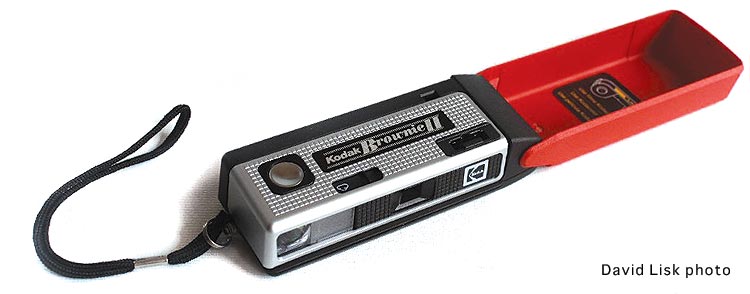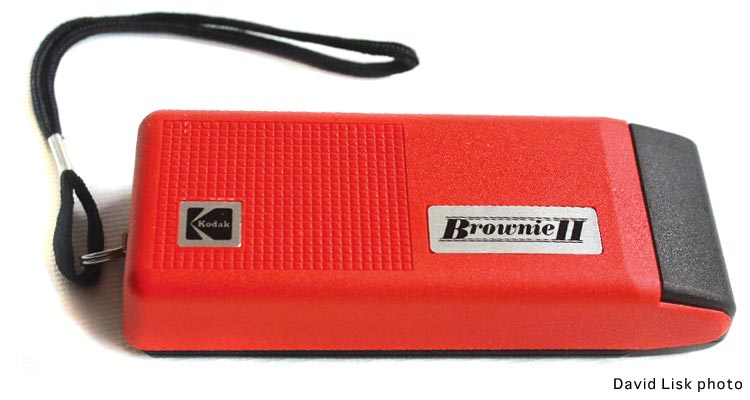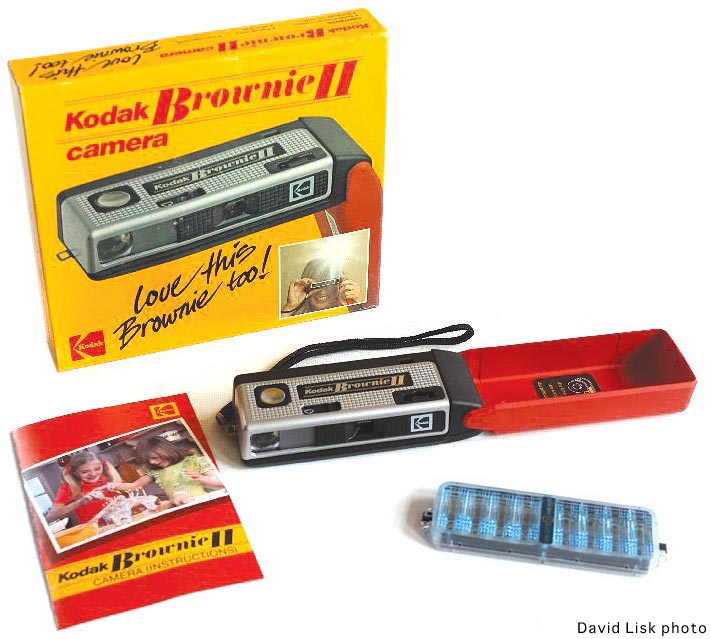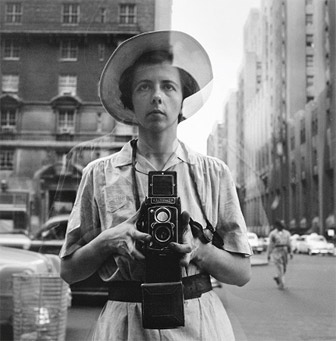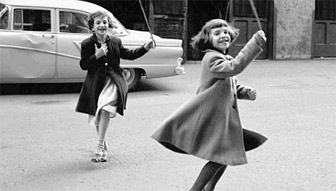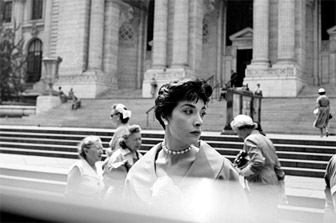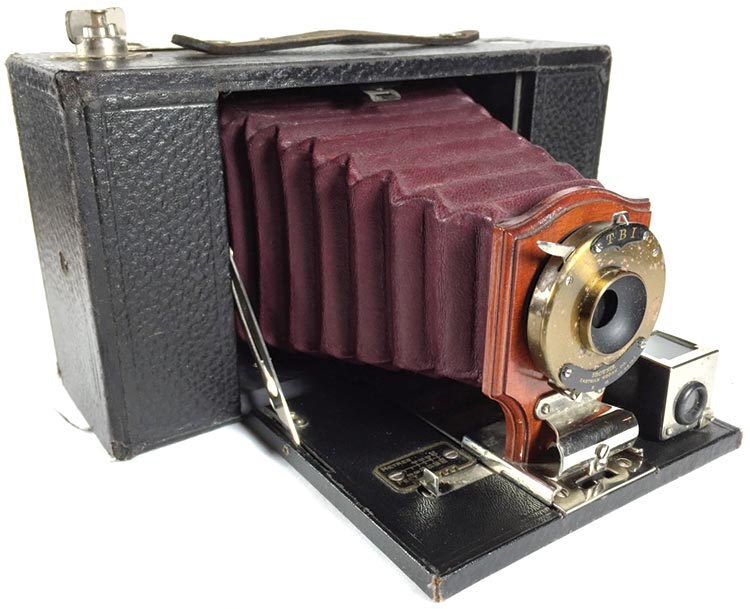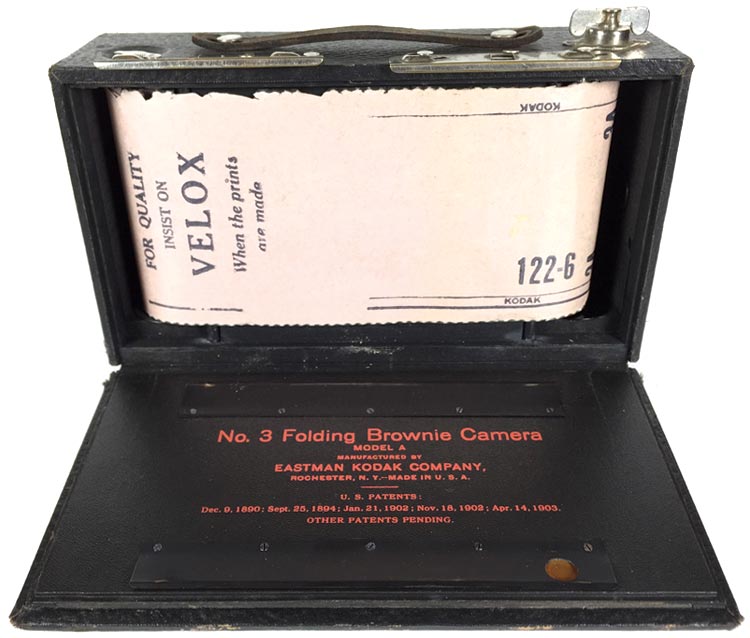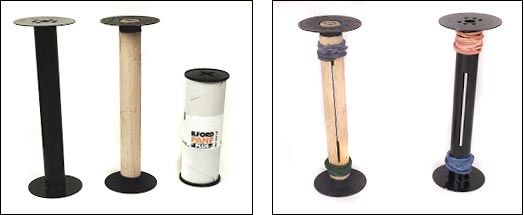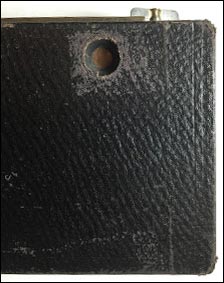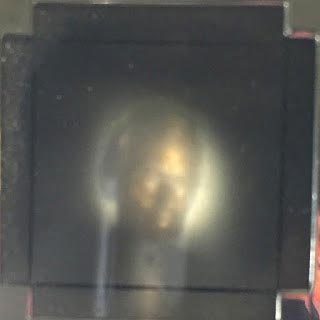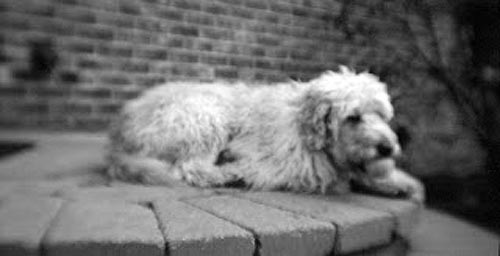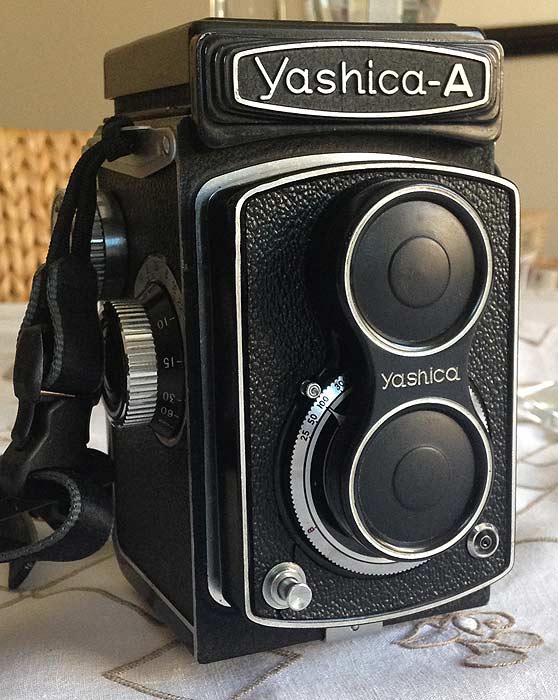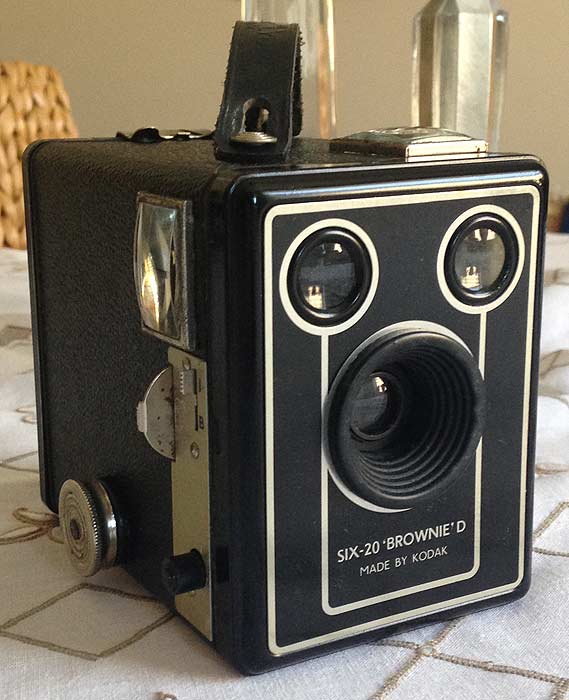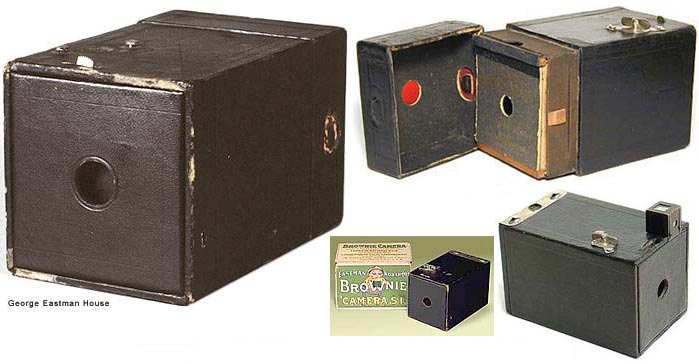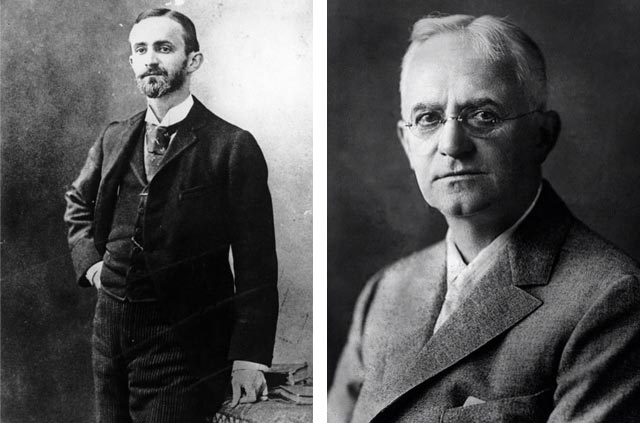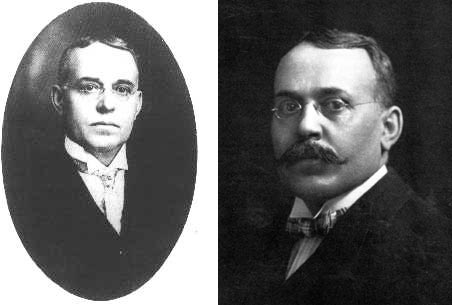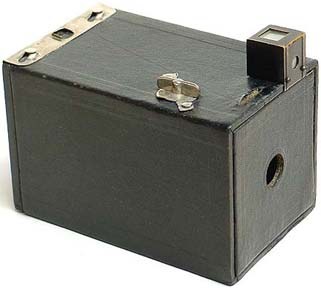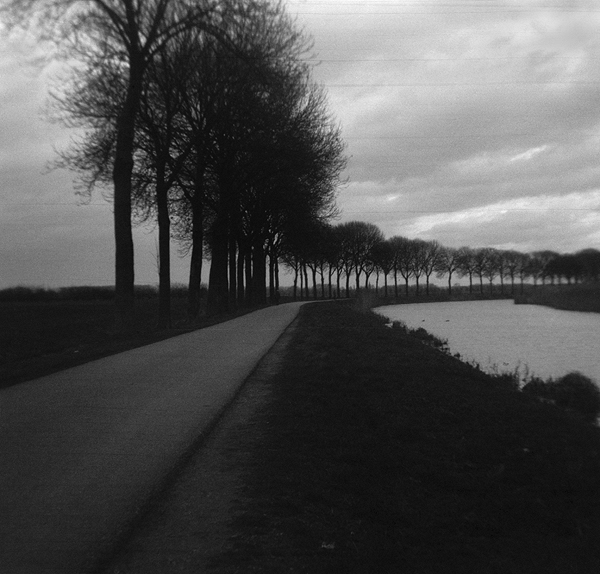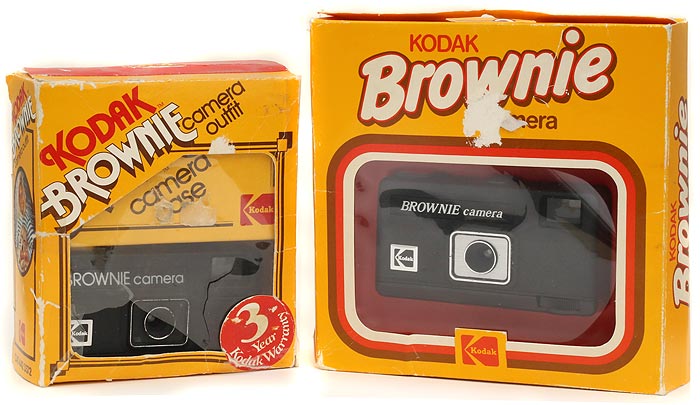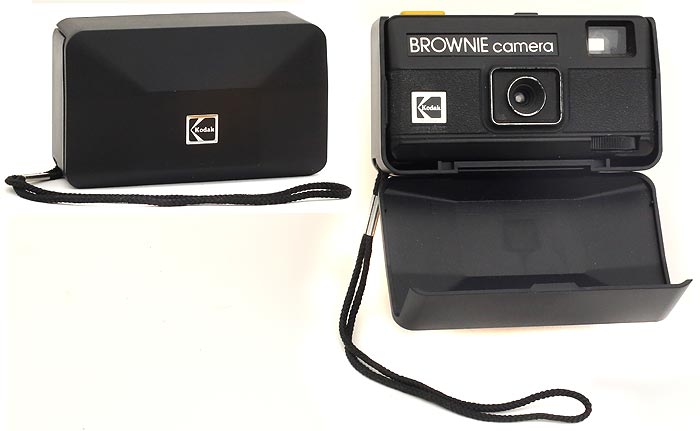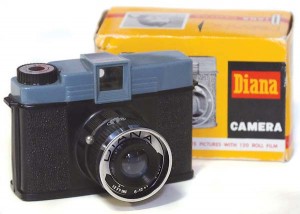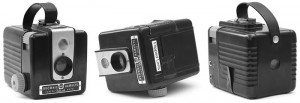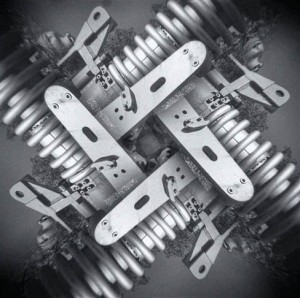
Springs © David A. Cory
David’s imaginative photography began its impression on me last year, just before the 2014 Somerville Toy Camera Festival. His exhibition image captivated me, there’s no one else doing work quite like it. Since then, I’ve sought his images out from past/present exhibitions and his website, and find them inspiring.
I’ve asked David a few questions and he was kind enough to answer. I hope you find this interview as interesting as I do.
Chuck: When did you first get interested in photography and why?
David: I bought my first camera at age 11 at the dime store in the small town near my family’s farm. I bought the camera in anticipation of a trip to the 1964 World’s Fair in New York City. I still have a few prints of photos I made on that trip! The camera, as I recall, was a simple Imperial brand fixed-focus plastic camera that shot medium format film.
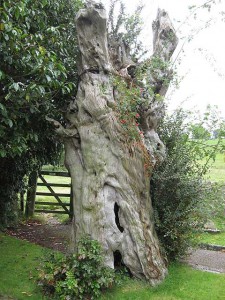
Marbury Tree 1 © David A. Cory
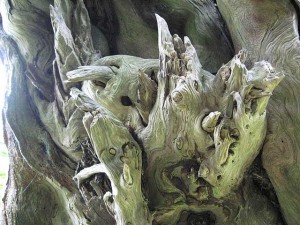
Marbury Tree 2 © David A. Cory
Chuck: What has been the evolution of your work?
David: I didn’t pursue photography through the rest of my childhood and adolescence. As I young adult, I was content with snapshots made with 110 cameras, then graduated to a Nikon 35mm point and shoot, and eventually to an entry-level Minolta 35mm SLR. When digital came along, I lost interest in the SLR and used compact cameras like the Canon Powershot Digital ELPH. A turning point occurred on a trip to England in 2008 when I found the compact camera didn’t permit me to do everything I wanted to do photographically. I recall specifically being frustrated trying to get a picture of a kingfisher during a boat ride on a canal. The bird was flying too far ahead of the boat for me to get a decent image. It was also during that trip that I took a photo of a gnarled old tree in a cemetery, then walked around the tree and took a photo of its eroded interior (see attached images). I think with that second image, I began to realize that I could do more with photography than just vacation snapshots. After the trip, I bought a Nikon dSLR and did a lot of nature photography. I became a bit bored with this, and in 2009 started experimenting with different techniques like Lensbabies and digital multiple exposures. I also started accumulating and using vintage film cameras and new Holgas through purchases or as gifts from my wife. Another spinoff of the England vacation was that I sent some photos from the trip to the local newspaper. They were enthusiastically received and published, and I realized that there could be a wider audience for my photography than just friends and family. I started submitting to juried exhibits and have been fortunate to have had my photos displayed around the country.
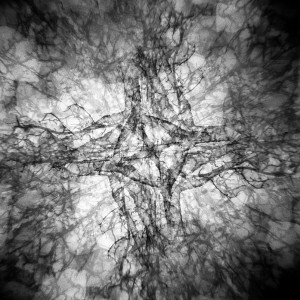
Nebula 1 © David A. Cory
Chuck: Your “rotated” images are your signature, how did you come about making the first image like this?
David: Early on in my experience with Holgas, I came to appreciate how easy it was to expose a frame multiple times without advancing the film. I started rotating the handheld camera 180 degrees and liked the results, but wanted to come up with a way to get more symmetric images.
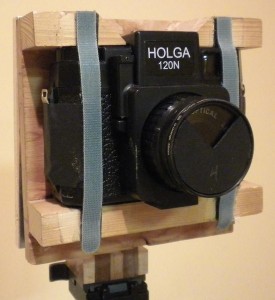
The Rotomator
As I started to consider ways to stabilize and rotate the Holga for multiple exposures, I thought a rotating bracket could be mounted on a tripod. I discovered such devices are commercially available, but it seemed crazy, and somehow untrue to the spirit of toy photography, to spend hundreds of dollars for a gadget to hold a $25 camera. So I bought a lazy Susan bearing and used scrap plywood to build “The Rotomator”. This allows me to rotate the Holga around the axis of the lens for symmetric multiple exposures. The other key element is a cardboard mask which mounts in front of the lens, and which limits the exposure to an arc of either 90 degrees, 60 degrees, or 45 degrees, for 4, 6, and 8 exposures respectively.
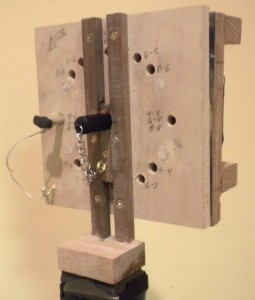
The Rotomator
Chuck: What visually needs to be present for you when producing a final image?
David: When doing multiple exposures on film it’s difficult to previsualize exactly what the finished photo will look like. I try to look for details in either natural or manmade subjects that I think will yield interesting patterns when rearranged into a multiple exposure. I’ve also become more aware over the years of the interplay of light and shadow. There is always an element of surprise (often, but not always pleasant) when the film comes out of the developing tank, which is appealing to me.
Chuck: What was your original attraction to cheap plastic cameras as it relates to your imaging?
David: At the end of 2014, I retired after a career of almost 30 years as a physician practicing diagnostic radiology. It was my job to look at images of the human body produced with precise, expensive, computerized devices. Producing images with imprecise, inexpensive, analog devices during my time off was an escape from the demands of my profession.
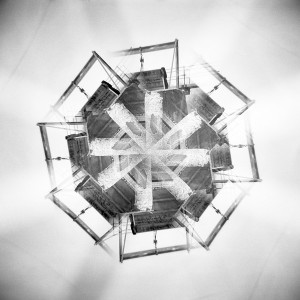
Pucker St. No.2 © David A. Cory
Chuck: How do you decide which camera and film to use?
David: Any time I want to use the Rotomator, I am locked in to using a Holga, since none of my other cameras fit. I use Kodak Tri-X 400 almost exclusively with that combination. I have two Holga pinhole cameras and I generally use Ilford Delta Pro 100 with those to get longer exposure times. One of the pinhole Holgas is a WPC, which is handy when I want a wide angle. I’ve also tried orienting it vertically for tall subjects, such as the monument on the circle in the middle of Indianapolis. I have a few Diana and Diana clone cameras, which I use infrequently. I favor an Acme brand clone on those rare occasions when I shoot color film. The lens produces just enough chromatic aberration to be interesting. I will generally use Kodak Portra 800 for color. I have a couple flipped-lens brownies which I occasionally use with respooled TX400. Finally, I have a homemade anamorphic pinhole camera, and I use Ilford Pan F Plus 50 with that.
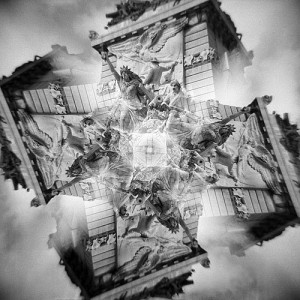
Emerging from War © David A. Cory
Chuck: How do you go about processing your film and creating finals of your images?
David: I develop most of my black and white film with Diafine, which is easy to use, is not very temperature dependent, and can be reused over and over. I have experimented with Caffenol, which is a homemade developer made from instant coffee, powdered vitamin C, and washing soda. I don’t use it a lot because it’s single use and can’t be stored, so you have to mix it each time you want to use it. For color processing, a local camera store still develops medium format film. I scan the negatives with a Canoscan 9000F. It’s inexpensive, works well, and comes with a 120 film holder. Using VueScan software, I can import the images right into Photoshop. I will say the healing brush in Photoshop is one of the greatest inventions in human history, as it allows me to get rid of dust specks that inevitably get on the negatives while they’re drying. I do some minor adjustments in Photoshop, then save the images both as PSD and JPG files.
I can make up to 13 inch prints on my Epson R3000. I generally use Hahnemuhle Photo Rag paper and Quadtone RIP software for printing, but recently I’ve found I like the look of black and white on Moab Slickrock Metallic Pearl paper.
Chuck: Is there anything you’d like to say to new photographers just starting out?
David: Don’t be afraid to experiment. Follow your bliss!
Check out David’s Website and Facebook page.
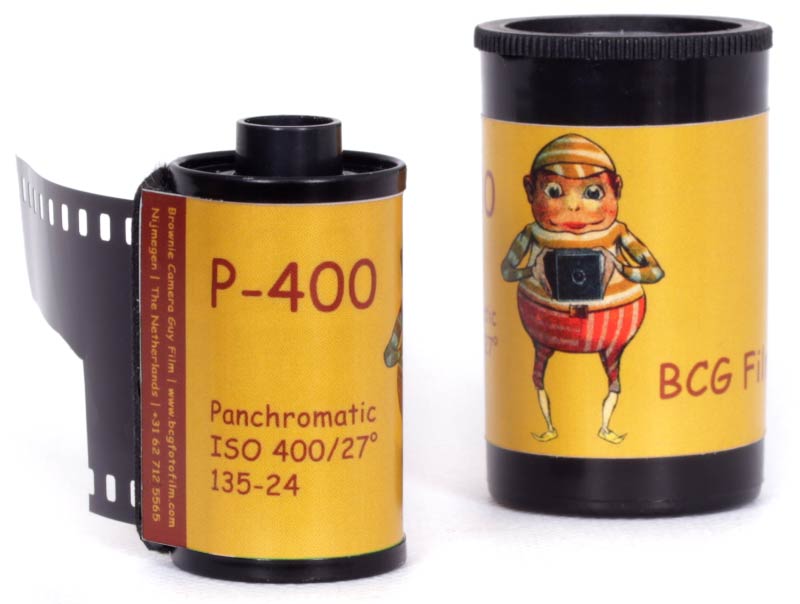 Now, the next step in my plan has begun. The newly formed BCG Film Company has released it’s first film, BCG P-400 35mm B&W film. This is a new Orwo cinematic film that is not available to the general public. They have given permission to me to produce this film under the BCG Film brand umbrella.
Now, the next step in my plan has begun. The newly formed BCG Film Company has released it’s first film, BCG P-400 35mm B&W film. This is a new Orwo cinematic film that is not available to the general public. They have given permission to me to produce this film under the BCG Film brand umbrella.
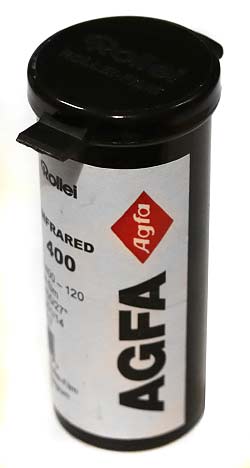 I purchase and use a lot of products for my photographic endeavours. These include cameras, film, paper, chemistry, along with digital products such as special papers, printing inks…etc.
I purchase and use a lot of products for my photographic endeavours. These include cameras, film, paper, chemistry, along with digital products such as special papers, printing inks…etc.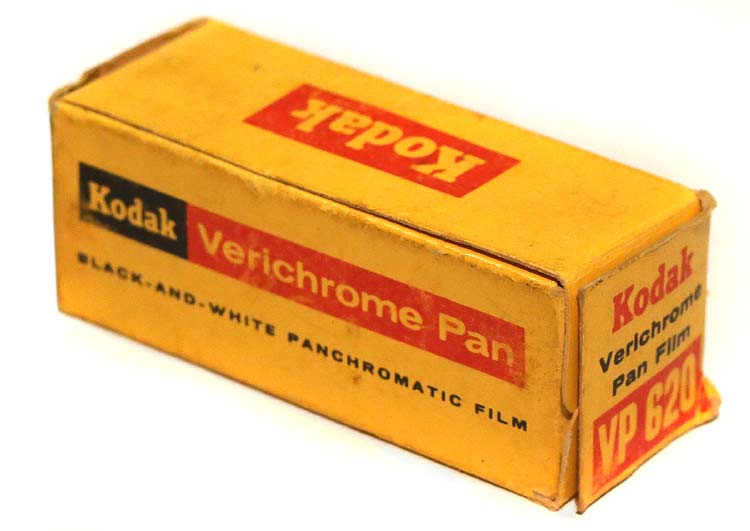
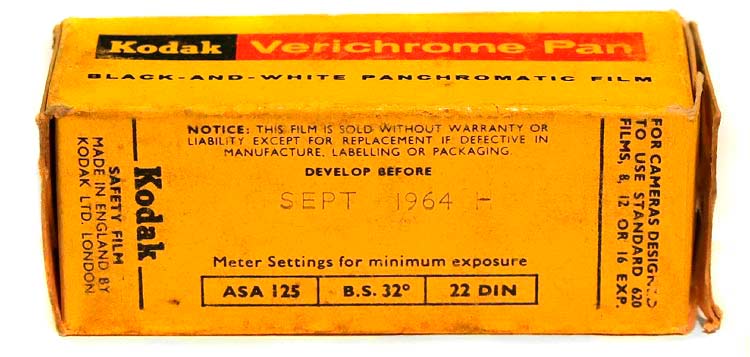
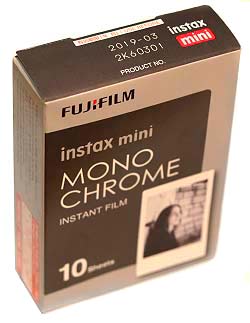 With that said, I’m the type of artist that feels the need to know the materials so that they can be manipulated in such a way to achieve my desired final. I labor with new cameras coming into my arsenal, running film through them until I know their personality. The element of surprise can be fun but doesn’t cut it when trying to create art as a coherent thought or idea. In a discipline such as analog photography, there can be so many variables that each variable that can be controlled helps with the creative process. Only by knowing the variables and adjusting one at a time to achieve what’s wanted can a true creative end be accomplished.
With that said, I’m the type of artist that feels the need to know the materials so that they can be manipulated in such a way to achieve my desired final. I labor with new cameras coming into my arsenal, running film through them until I know their personality. The element of surprise can be fun but doesn’t cut it when trying to create art as a coherent thought or idea. In a discipline such as analog photography, there can be so many variables that each variable that can be controlled helps with the creative process. Only by knowing the variables and adjusting one at a time to achieve what’s wanted can a true creative end be accomplished.